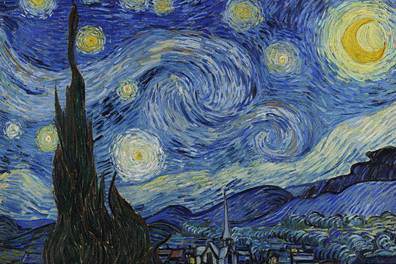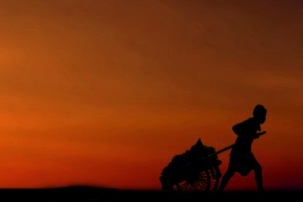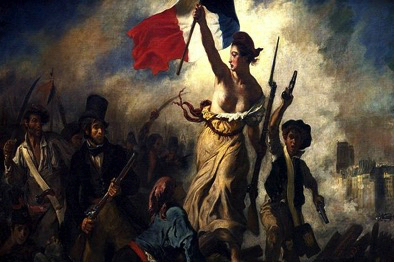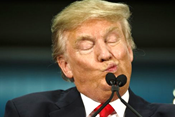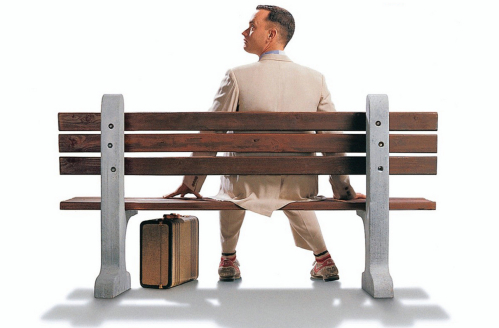The Great Dictator Eight Decades Later
The most important class I ever took was The Arts when I was a junior at Muskingum College in the mid-60s. It caused me to be able to think and feel at the same time. However, Professor Louie Palmer taught The Arts. Louie had a profound effect on my life. I did well in the class, but I didn’t ace it. However, Louie saw something in me that I didn’t. He asked me to be his teaching assistant the following year. I taught a handful of sub-sections each week and wrote and graded the midterms and finals for both semesters. Because Louie believed in me, I could believe in myself. Talk about transformative experiences.
I taught various humanities classes in the last three decades, but my favorite was art history. I believe that understanding art history is a major part of understanding history. Pablo Picasso said, “The purpose of art is washing the dust of daily life off our souls.” However, Picasso understood the problem that people have that causes us problems. “Every child is an artist. The problem is to remain an artist once they grow up.”
Charlie Chaplin grasped Picasso’s reality. Both artists were left of center politically. Picasso and Chaplin both were born in the 1880s and died in the 1970s. They met each other in 1952.
Picasso painted his famous painting, Guernica, due to the Nazi Germany’s Condor Legion, which bombed Guernica, a village in the Basque Country of Northern Spain. The two-hour bombing took place in late April 1937. By early June, Picasso had completed his tribute to the village.
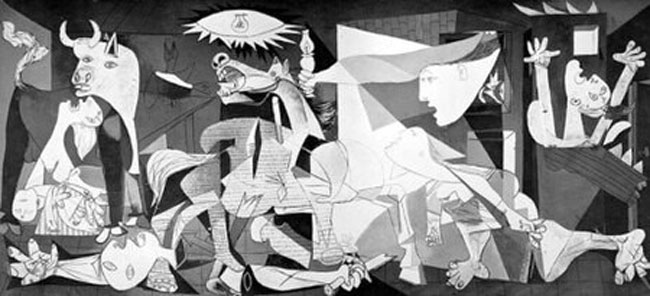
Three years later, Chaplin made his first talkie movie, The Great Dictator. It negatively paralleled the German director Leni Riefenstahl’s Triumph of Will. Chaplin did everything in his movie, including picking the German composer Hanns Eisler. Eisler left Germany due to Hitler. Eisler and Chaplin would work together on various songs but couldn’t agree on the music. Finally, Chaplin linked up with Meredith Willson. Chaplin and Willson were a perfect match. He used a part of one of Willson’s symphonies.
To add insult to injury, Chaplin also used parts of Wagner’s the Prelude to Lohengrin in several parts of the movie. One part of one of my favorite scenes was when Hynkel, Chaplin’s version of Hitler, danced with the globe balloon.
It is sad that a person’s creativity, which was being used for a good purpose, is not always noticed. I missed the musical themes used in Chaplin’s The Great Dictator. For example, I had known that Hitler’s favorite composer was Richard Wagner. Still, I missed the tie-in because I was watching Chaplin.
I wonder how Chaplin would respond to Trump’s comment about being America’s dictator on day one. The music in the background could be Ride of the Valkyries, another of Wagner’s works.
Ride of the Valkyries
I can imagine the scene where Hynkel dances with the globe of his world conquest.
It might look like this with the new Hynkel.

The New Great Dictator might say, “I will seize Greenland, annex Canada, take the Panama Canal back, and rename the Gulf of Mexico to the Gulf of America...or maybe the Gulf of Trump.”







